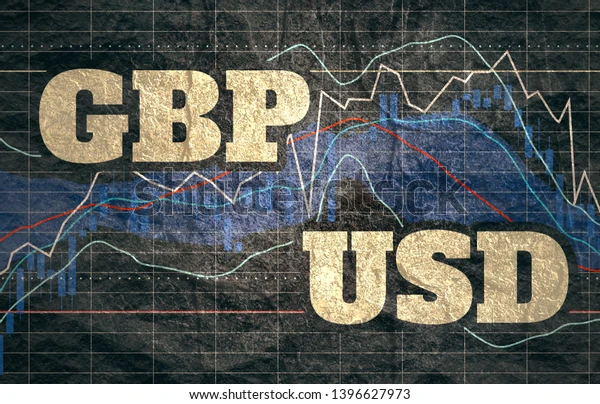GBPUSD recovers from a one-month low reached on Monday, but there is little follow-through.
GBPUSD pair finds buyers between 1.2030-1.2025 and makes a slight rebound from a one-month low hit earlier this Monday. Throughout the first part of the European session, the pair holds near the day high, around 1.2060, but lacks follow-through despite significant follow-through US Dollar buying.
A number of factors continue to push the USD higher, creating a headwind for the GBPUSD.
In fact, the USD Index, which measures the value of the US dollar against a basket of currencies, is seen building on Friday’s good recovery from a nine-month low and getting support from a number of reasons. The positive US monthly jobs report (NPF) has caused investors to lower their expectations for a break in the Fed’s policy-tightening cycle.
This raises US Treasury bond yields and strengthens the US dollar. In addition to this, widespread risk-off mindset appears to support the safe-haven buck and contributes to the GBPUSD pair’s upward potential. Expectations that the US Federal Reserve would maintain its hawkish posture for a longer period of time feed concerns about economic headwinds caused by the continuing rise in borrowing prices. Furthermore, concerns about deteriorating US-China ties weigh on global risk sentiment, as seen by a generally worse tone in asset markets.
Beijing ramped up its condemnation of Washington’s decision to shoot down a Chinese balloon on Monday, the latest blow to relations between the world’s two largest economies. China alleged that the balloon had inadvertently entered American airspace.
A dovish evaluation of the Bank of England’s decision last week adds to the downside risk.
Aside from the aforementioned causes, the Bank of England’s dovish assessment The Bank of England’s (BoE) move last week is also perceived as keeping the British Pound under control. The Bank of England eliminated the words act aggressively, where required” from its monetary policy statement.
Furthermore, Governor Andrew Bailey of the Bank of England stated that inflation will continue to decline this year and more rapidly in the second half of 2023. This, in turn, signals that the current rate-hiking cycle is nearing its end, bolstering possibilities for new selling around the GBPUSD pair at higher levels. On the economic front, the UK Construction PMI remained in contraction territory for the second consecutive month, coming in at 48.4 in January, down from 48.8 the previous month. This makes it the wiser to wait for robust follow-through buying before concluding that the recent drop from the 1.2445-1.2450 resistance zone, or a multi-month high, has passed.
There is no important market-moving economic data due from the US, so the buck is at the mercy of US bond rates. This, along with the broader risk mood, might give the GBPUSD pair a boost.









